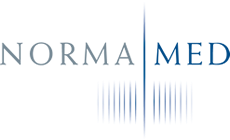Mischinfektionen benötigen ein systematisches Vorgehen
Die Kenntnis der Diagnostik und Mikrobiologie vorausgesetzt können Erreger leicht gefunden werden. Dies ist aber nicht selbstverständlich. Es setzt von der Probengewinnung bis zur Laboranalyse ein zielführendes Vorgehen voraus. Wegen der Wechselwirkungen zwischen Erregern kann gerade dies sehr entscheidend sein, soll die Therapie nicht scheitern, sondern verträglich und erfolgreich ablaufen.
Die gleichzeitige richtige Behandlung multipler Infektionen erfordert fundierte Erfahrungen der mykologischen Diagnostik und Therapie. Infektionen mit sog. mikroskopisch großen Erregern (wie Parasiten), mit Pilzen (pathogenen Hefen) und krankmachenden Bakterien können teils ähnliche oder gleiche Krankheiten erzeugen.
Dies gilt insbesondere für die häufig vorkommende gleichzeitige Infektion mit Helicobacter pylori und mit pathogenen Hefen wie z. B. Candida albicans. Beide sind für ähnliche Beschwerden verantwortlich. Es ist sinnvoll, nach beiden Erregern zu suchen – und dabei andere Personen wegen der Gefahr wechselseitiger Infektionen („Ping-Pong-Effekt” bei Partnern) einzubeziehen!

